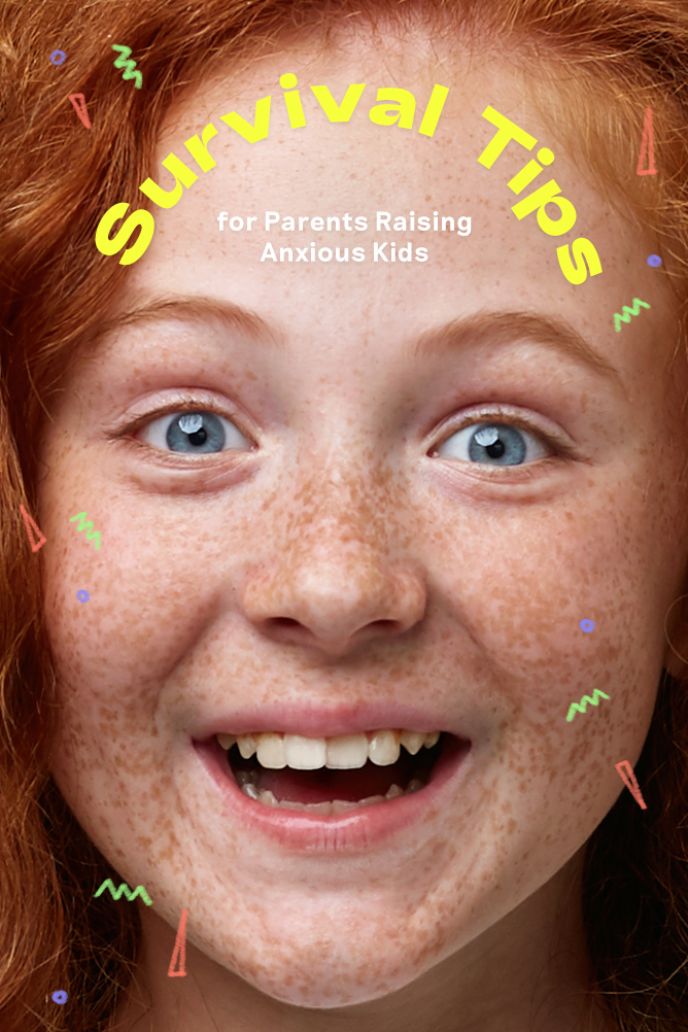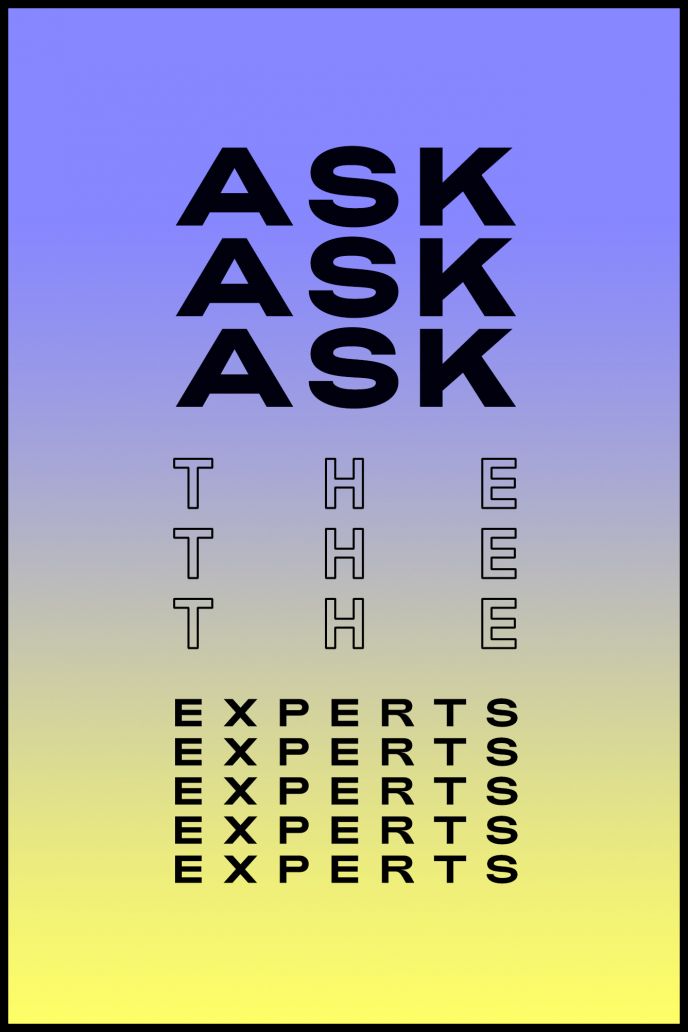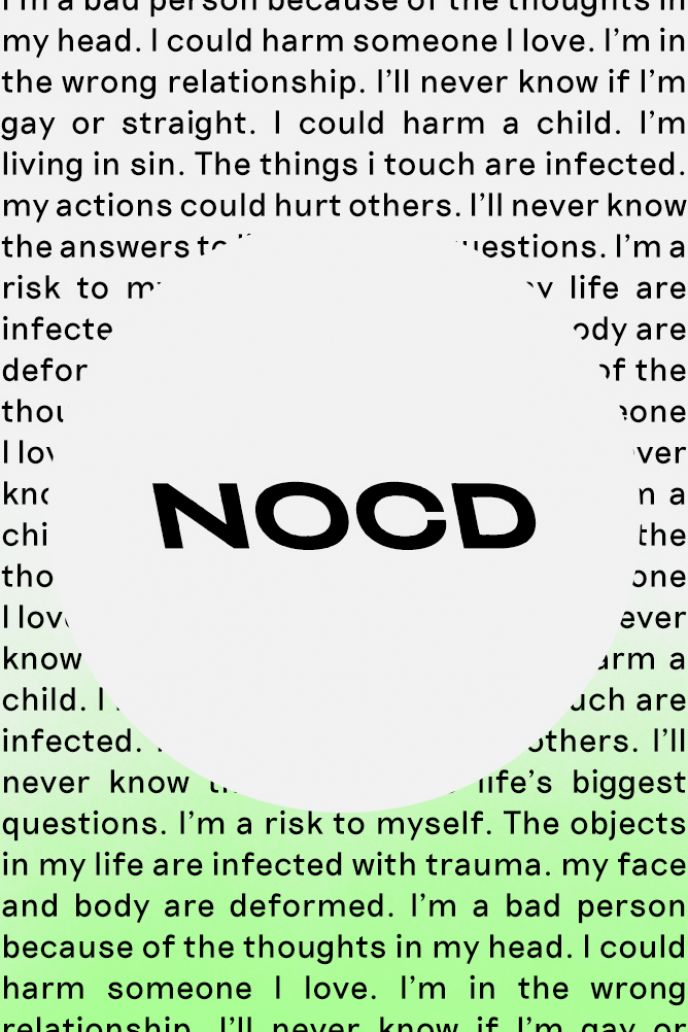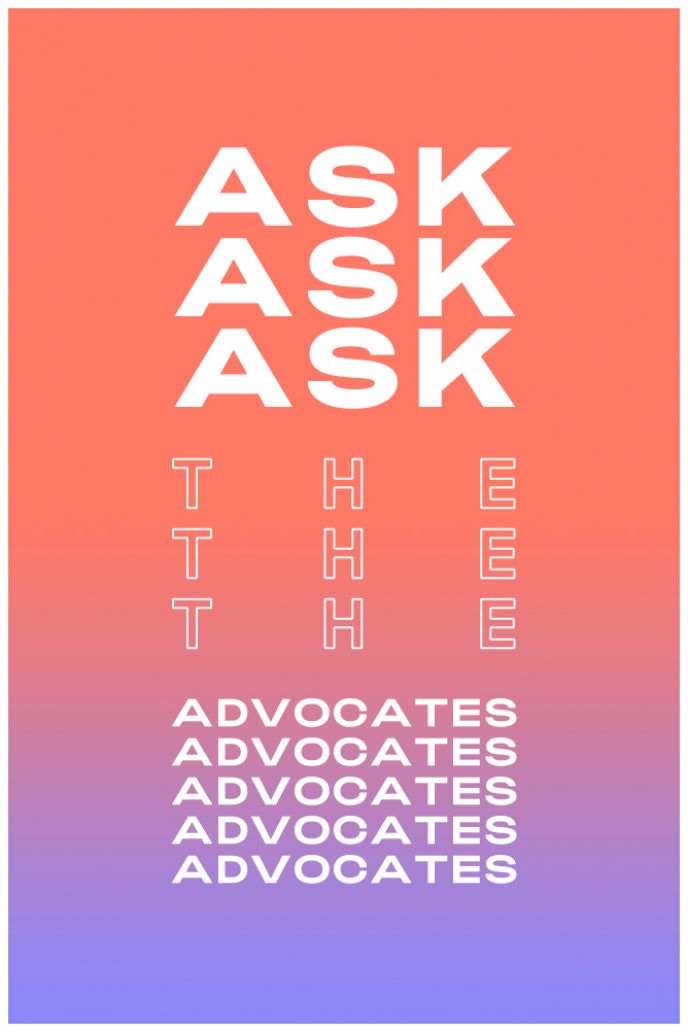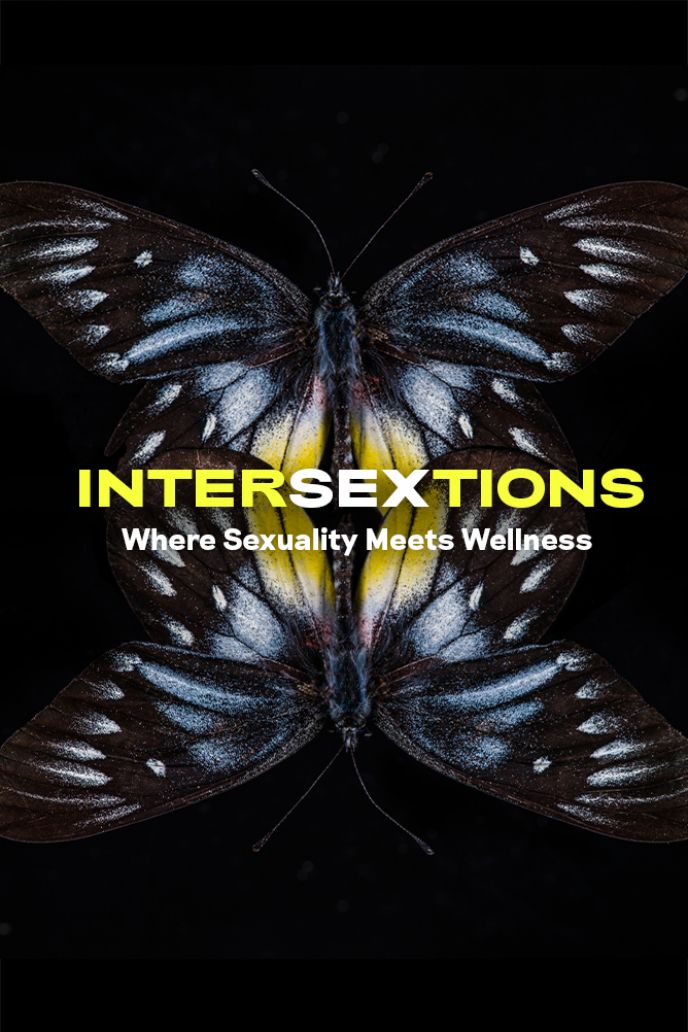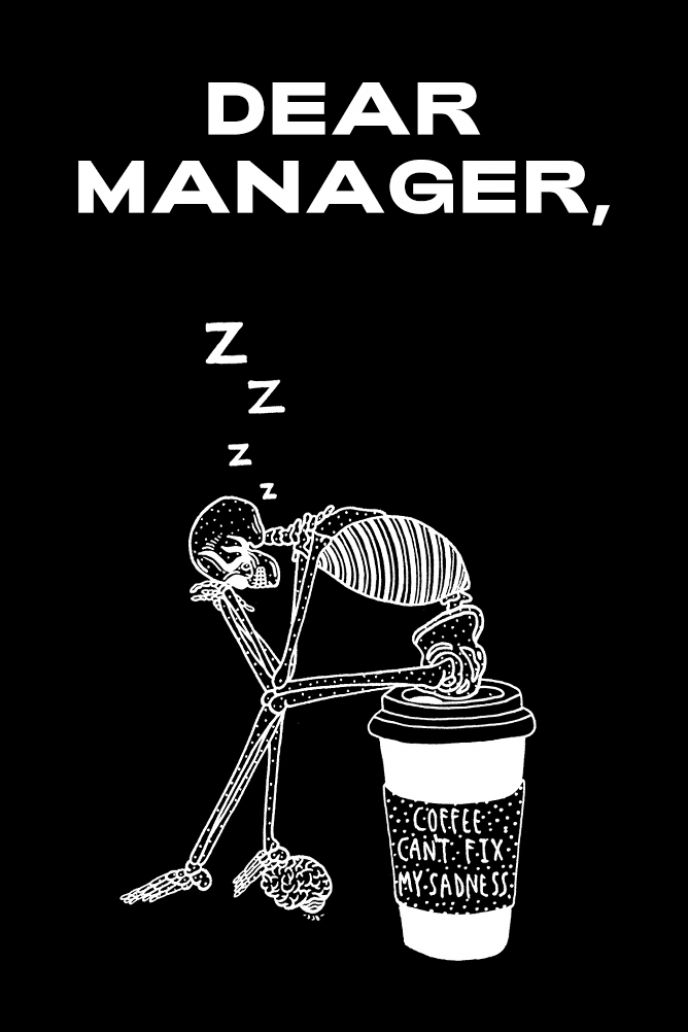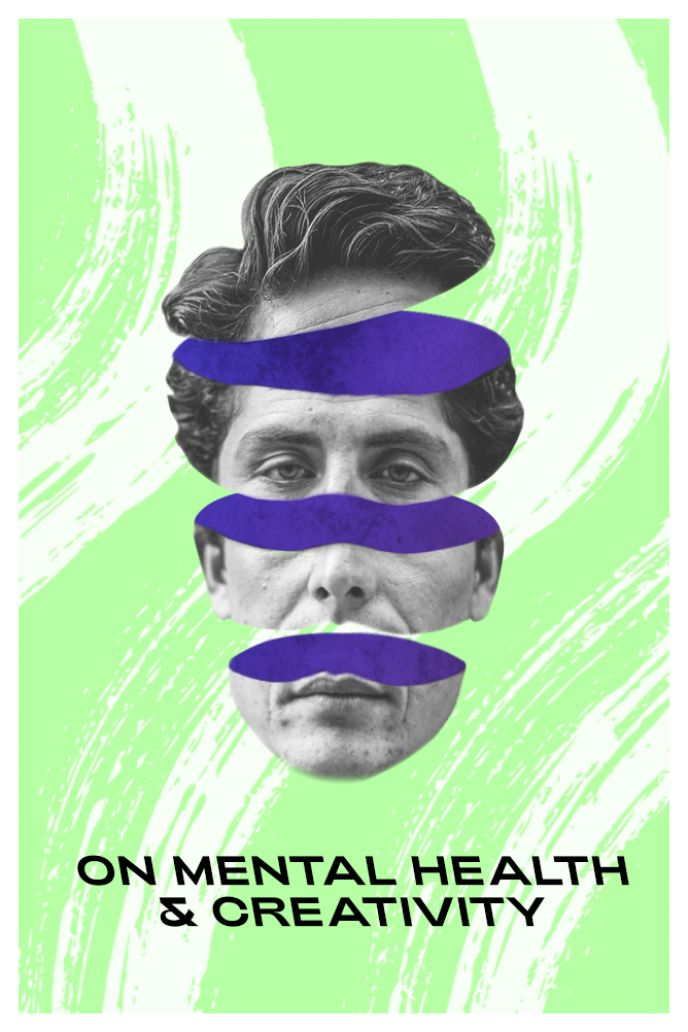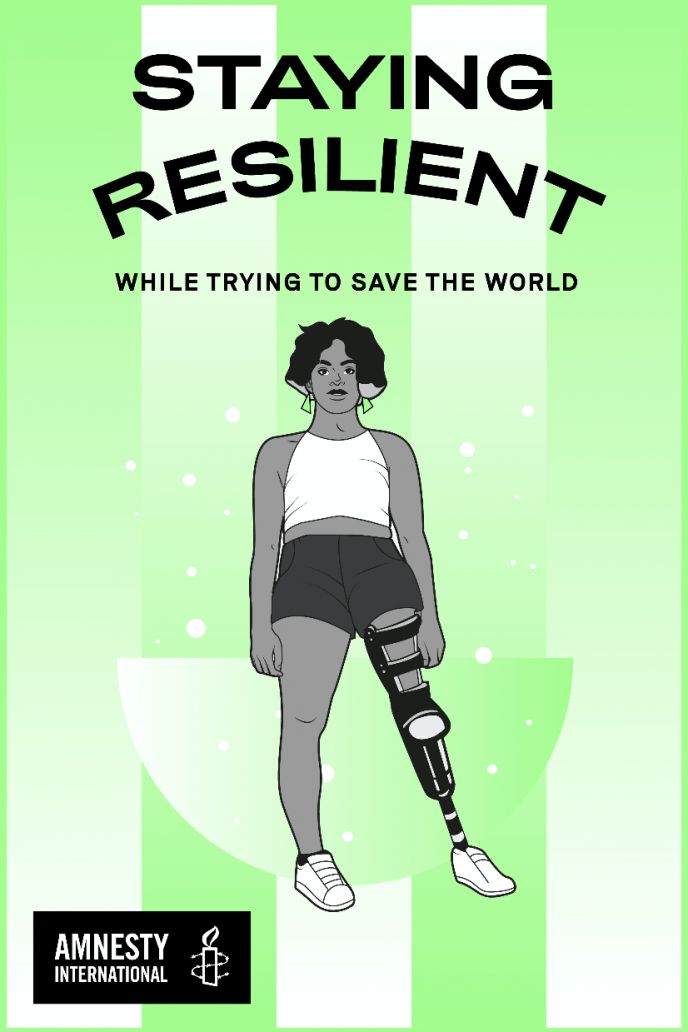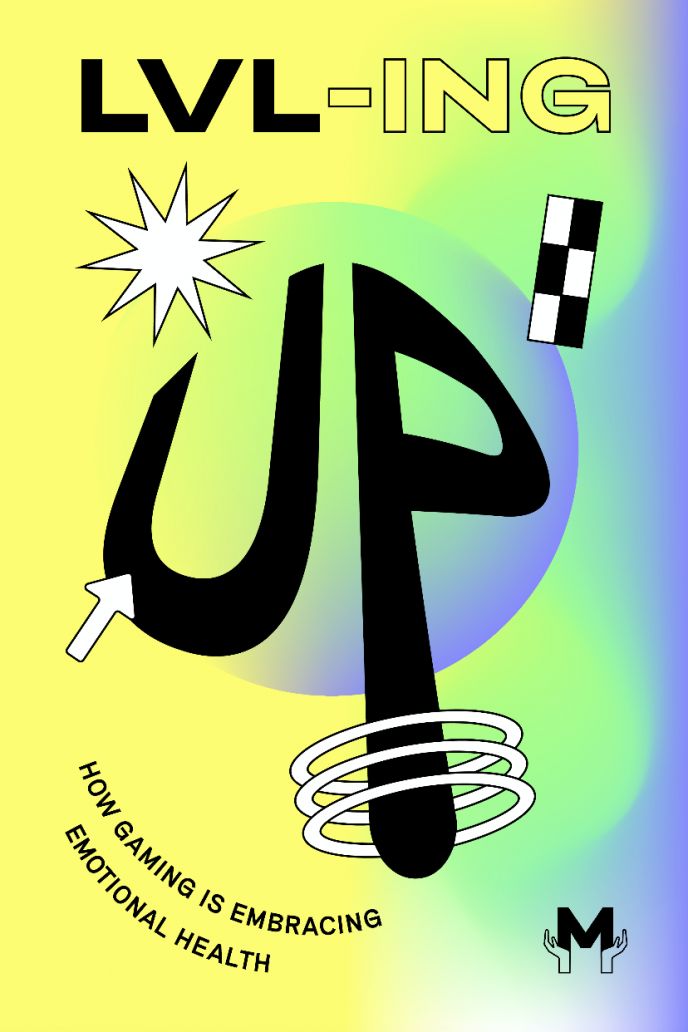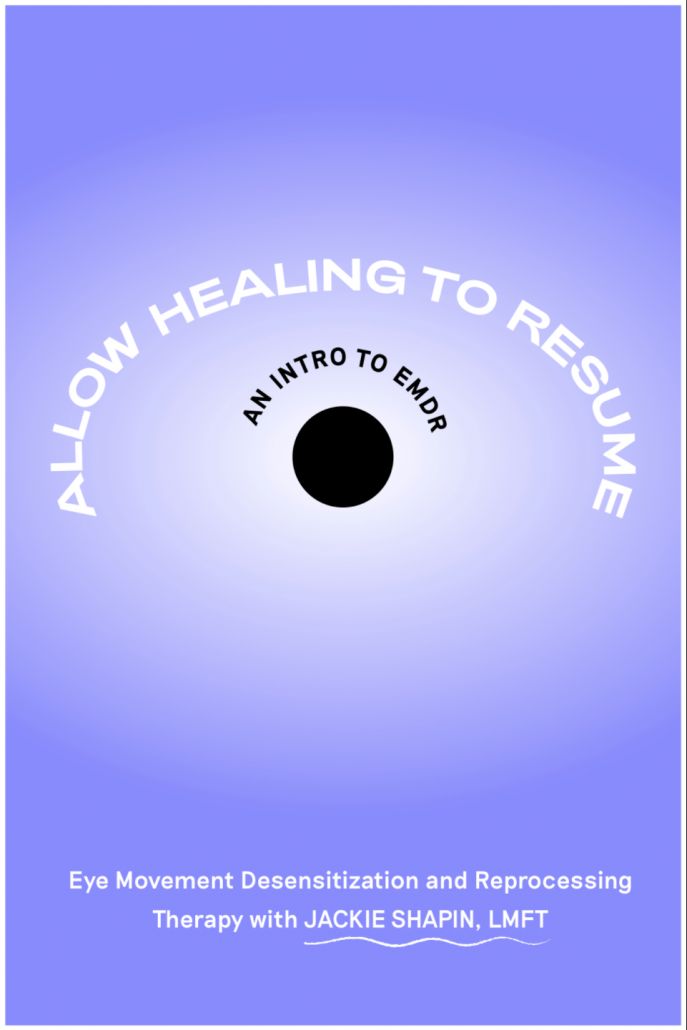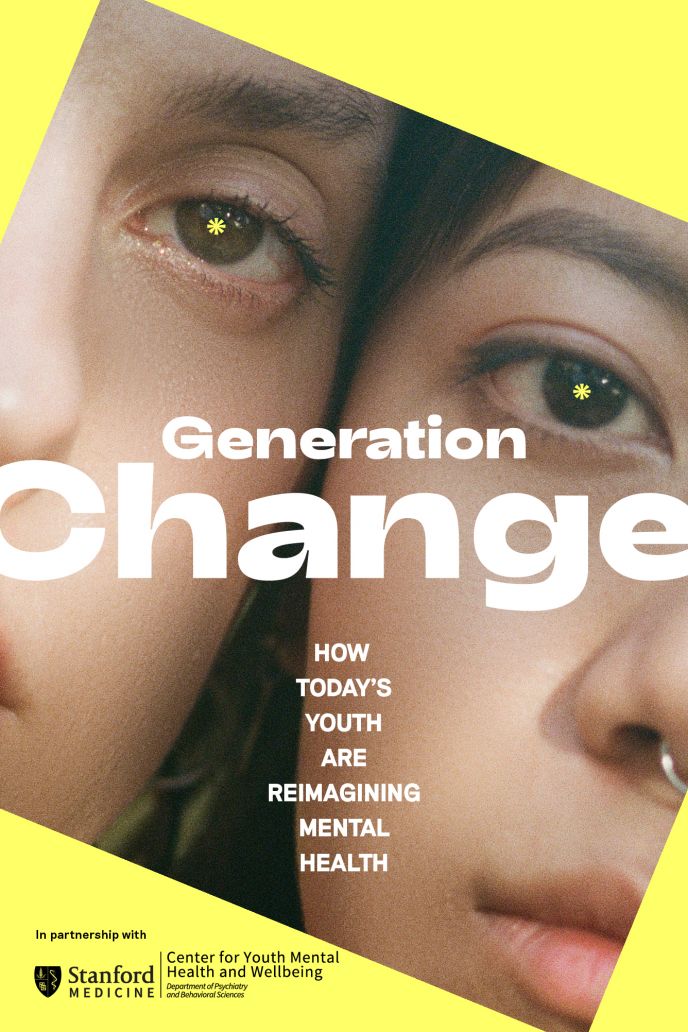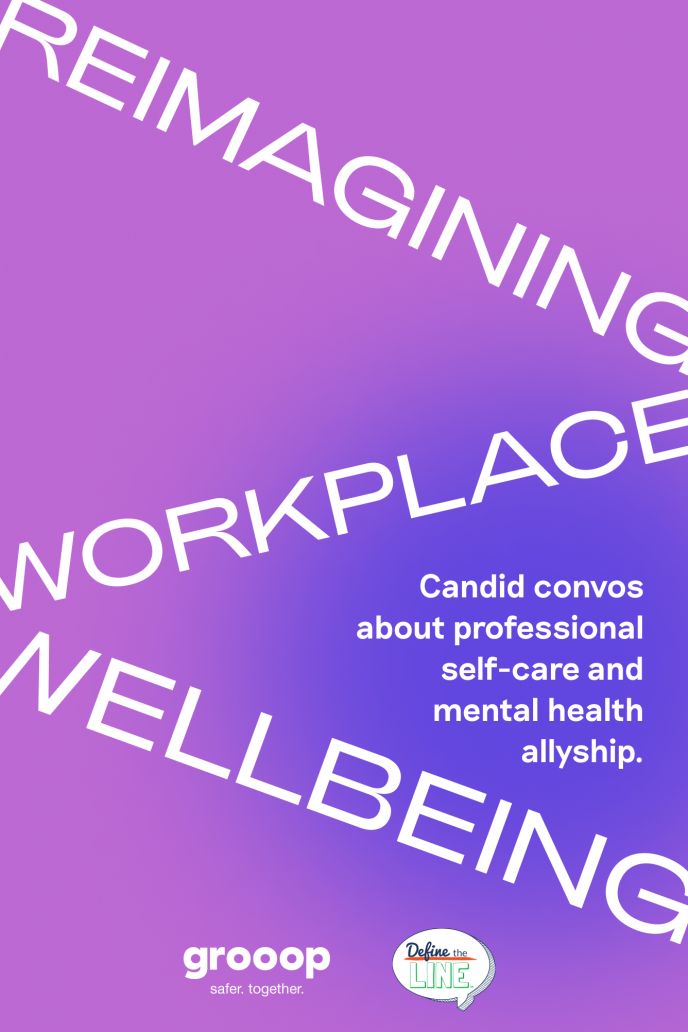Recognizing Undercover OCD in Adolescents & Children
What warning signs should parents and teachers look out for?
Escrito por Dr. Tatyana Mestechkina
01 Contrary to popular belief, OCD is not always obvious. Many sufferers don't experience visible compulsions, which can lead to years of suffering without a proper diagnosis.
02 Parents and adults should familiarize themselves with the symptoms of Purely Obsessional OCD, commonly called Pure O. Doing so can help them address childhood cases before they progress.
03 Dr. Tatyana Mestechkina is a Psychologist based in New York City. Learn more about her at: https://www.drmestechkina.com/
Parents who suspect that their child or adolescent may be struggling with obsessive-compulsive disorder (OCD) generally notice the classic examples of OCD rituals, such as incessant hand washing, avoiding sidewalk cracks, or repeatedly checking that a door is locked.
However, the traditional picture may not truly capture the extensive range of clinical presentations. Unfortunately, relying solely on textbook examples may help to explain how OCD symptoms in children and adolescents go unnoticed for years.
Many children and adolescents who meet diagnostic criteria for OCD present with a less commonly known, yet still prevalent subtype called purely obsessional, or “Pure O.” Individuals with Pure O experience intrusive thoughts or images similar to traditional OCD; however, their compulsions, or efforts to neutralize or undo the thoughts, are not observable. Rather, their compulsions are mental and often driven by an intolerance of uncertainty. Some people erroneously believe “Pure O” means the person does not have compulsions, but this is not the case. People with “Pure O” have mental compulsions and will often seek out reassurance from those around them.
Children and adolescents with Pure O may experience unwanted thoughts, and/or images, accompanied by anxiety, guilt, shame and/or confusion. They may then engage in any mental activity to undo, push away, or avoid these thoughts. Significant time may be consumed by rumination and much energy spent on attempts to answer “what if” questions. These thoughts can trigger significant distress if the person treats them as if they are important and dangerous.
Some examples include: “What if I lose control and hurt someone or myself,” “What if I upset God,” and “What if someone gets hurt because I didn’t put away that toy and that makes me a bad person?” For adolescents, other questions might be, “What if I am gay,” “What if I am sexually attracted to someone I shouldn’t, like a family member,” “What if I am attracted to children,” or “What if I’m really racist?” While these are a few common examples, various themes may present.
As this Pure O experience may be entirely internal, this subtype may go unnoticed or be misdiagnosed by health professionals. Many of my adult clients recall experiencing these symptoms at a young age.
Further, receiving effective treatment often took years. Children and adolescents with Pure O may spend significant amounts of time feeling confused about the intrusive thoughts, shameful about their content, and struggle internally. If caregivers are able to notice these symptoms early on and bring their child into treatment, it can truly be life altering. With an effective therapist and research-supported treatment, children and adolescents with Pure O can learn to better manage this disorder and live fulfilling lives. Here are some signs for caregivers to look out for:
Frequent answer or reassurance-seeking
As OCD-related intrusive thoughts typically present in a “what if” question form, there is often an urge to seek answers. A common theme relates to harming others, such as “what if I lose control and hurt someone?” Understandably, children or adolescents experiencing these thoughts may feel anxious, confused, and scared. Not only do they not want to experience these “bad thoughts,” they may truly fear the prospect of acting out on them. They may spend copious time analyzing these possibilities and assessing their validity in a desperate attempt to disprove the likelihood of occurrence and obtain a sense of certainty that they would never act on the thoughts.
Caregivers and family members are often included in this quest for reassurance; sometimes, the content of the theme is even about them. For example, a parent may be asked, “I wouldn’t hurt mom, would I?”, “Do people ever hurt themselves on purpose, even though they don’t want to?”, or “Do you think I’m a good person who wouldn’t do bad things?” In addition to reassurance-seeking about things that may or may not occur, children and adolescents may question their memory and inquire about the past. For example, they may ask, “Did I ever get in trouble for hurting dad?” or “Did I say anything inappropriate when we were in church?” Older children and adolescents may spend many hours seeking answers on the internet.
Parents and family members may instinctually answer these questions or provide reassurance, to alleviate their child’s anxiety. Given the nature of OCD, relief is often a short-term fix. Usually, the same question or a modified version will soon arise. Even though caregivers may view these questions as silly and irrational, when it comes to OCD, rationalizing or disproving is often ineffective in the long run.
Confessing
Sometimes, children and adolescents may deal with these intrusive thoughts through confessing. An example might be: “Dad, I may want to hurt mom,” “I may be suicidal,” “I may have blurted out a curse word in class,”or “I may be attracted to my sister.” Similar to asking questions for reassurance, these confessions are motivated by reassurance-seeking. The child may hope for a response such as “You love your mother. You would never hurt her” or “That’s silly. Stop that nonsense!” While responding to these confessions in this way may feel natural and intuitive, these reassurances may only feed into and strengthen the disorder.
Avoiding things they used to do
Children or adolescents often avoid or attempt to avoid situations that may trigger intrusive thoughts and associated distress. Examples can include: putting away or hiding sharp objects, avoiding certain people, places or even television shows related to their obsessions. While this tactic may temporarily decrease anxiety, such avoidance behavior is a short-term remedy that may only reinforce the anxiety experience and increase its likelihood in the future. Also, reliance on avoidance generally leads to the person being less equipped to handle triggers and anxiety in the future. A general rule of thumb to remember: as avoidance increases, so too does the power of OCD and anxiety.
Appearing more distracted that usual
When children and adolescents spend extended time ruminating and engaging in mental rituals, they may seem distracted and less focused. OCD symptoms may make it difficult to be present in the here-and-now.
Low Mood, withdrawal and isolation
Sometimes, parents bring their child into treatment because they notice low mood and suspect that their child may be depressed. While depression is certainly a possibility, poor mood may more so reflect a struggle to manage OCD symptoms. The OCD experience can include feelings of anxiety, confusion, guilt, and shame. Further, reliance on avoidance strategies may lead to further withdrawal and social isolation. Children and adolescents often do not understand these experiences and fear that it will only get worse. With this may come a sense of hopelessness, helplessness, and feeling alone in their struggle. When engaged in treatment, there is often clarity and relief simply upon learning about OCD and having a name for the experience. Children and adolescents gain hope as they develop an understanding of how OCD works and how it is treated.
Disclaimer: As intrusive thoughts can often be about themes about hurting oneself or others, it is important to go to a specialist who can differentiate between actual safety risks and Pure O related intrusive thoughts about harm. The gold standard of OCD treatment is exposure and response prevention therapy (ERP/ExRP), a type of cognitive-behavioral therapy (CBT).
Apoya nuestro trabajo
Nuestra misión es cambiar la manera en que el mundo percibe la salud mental.


